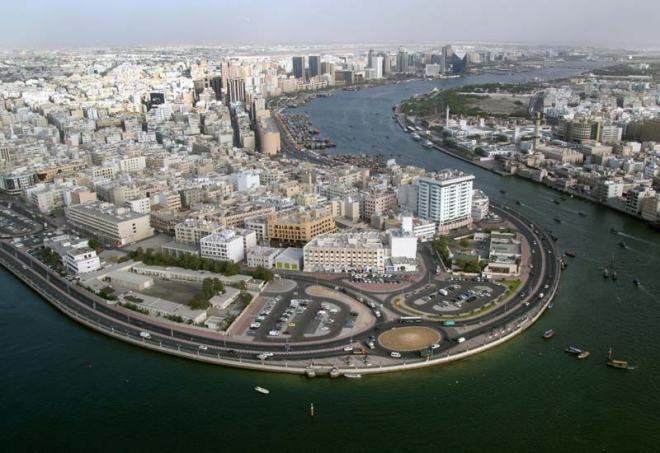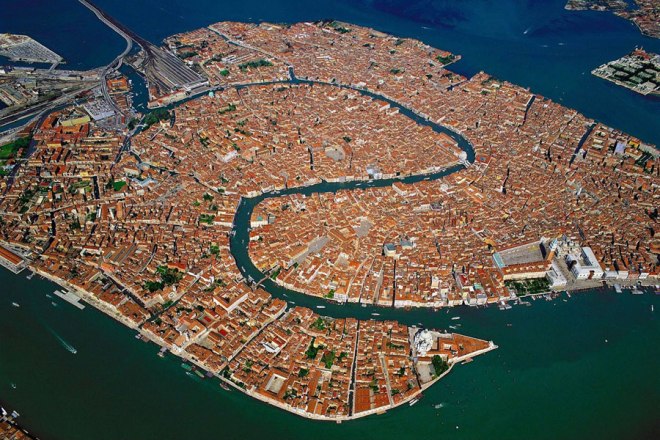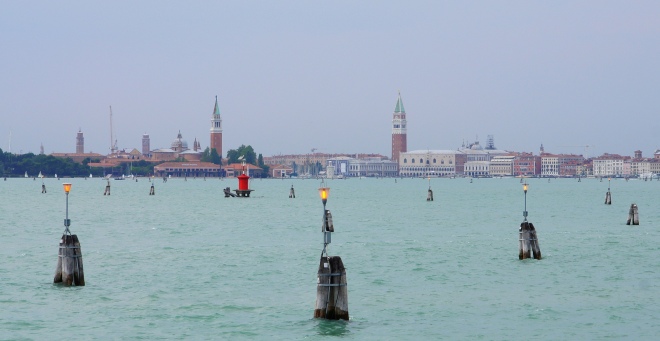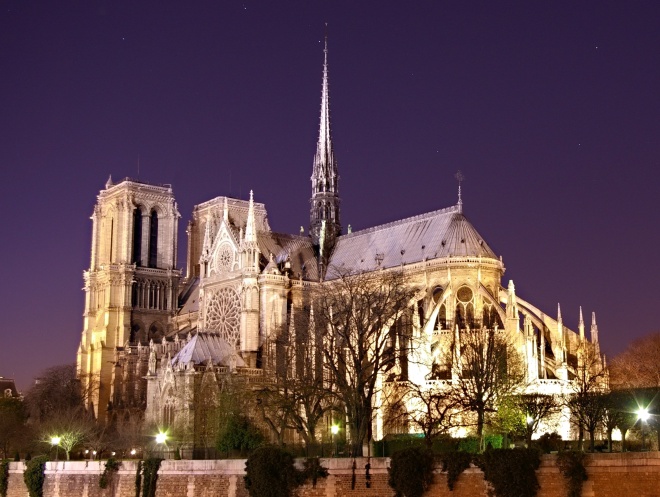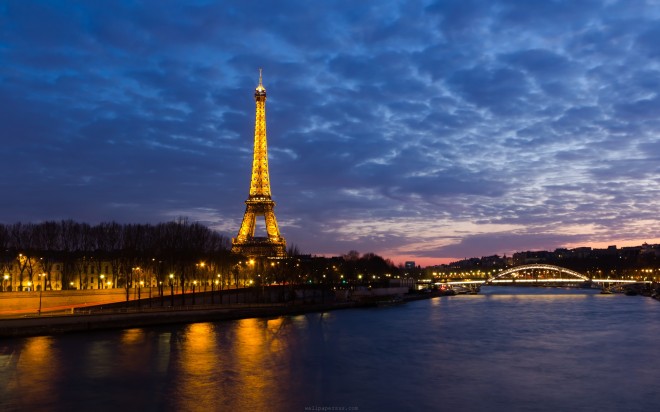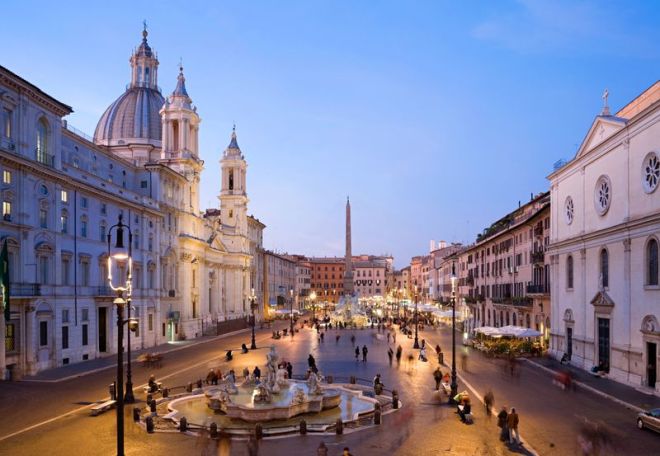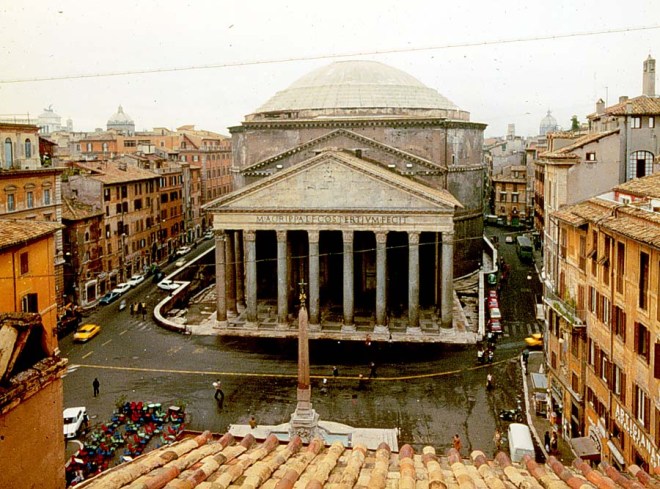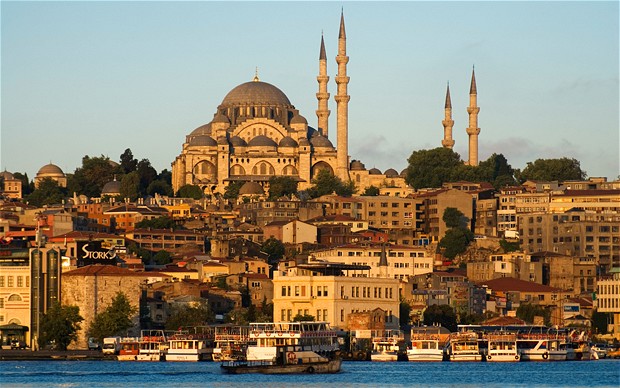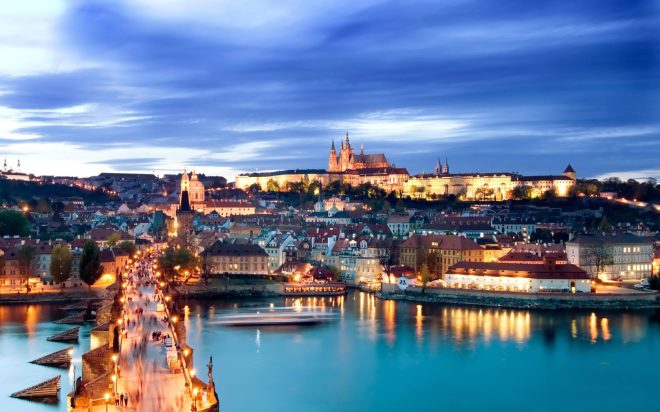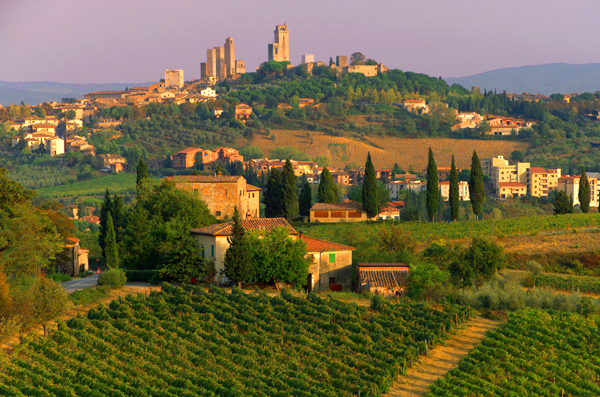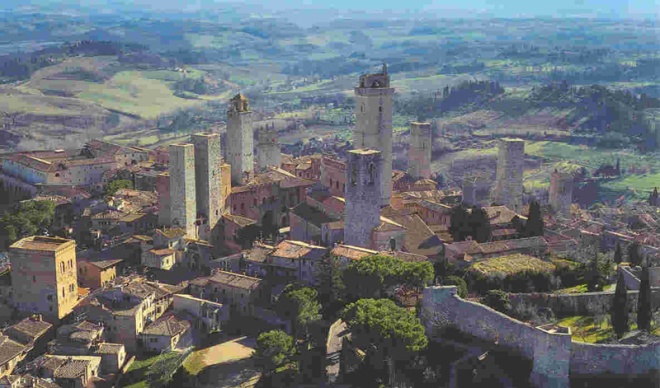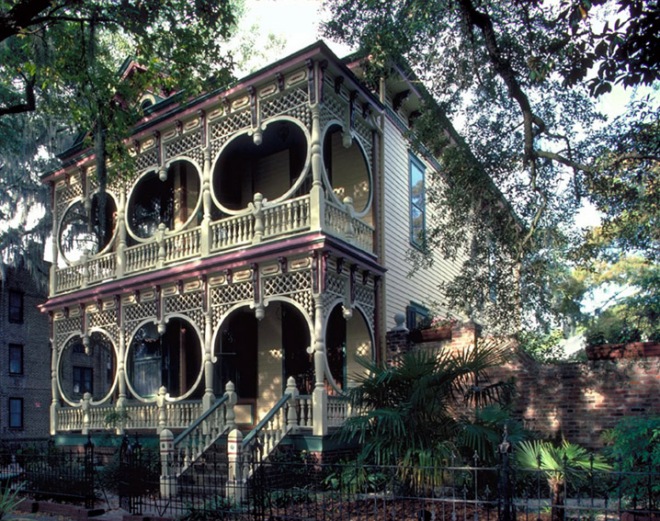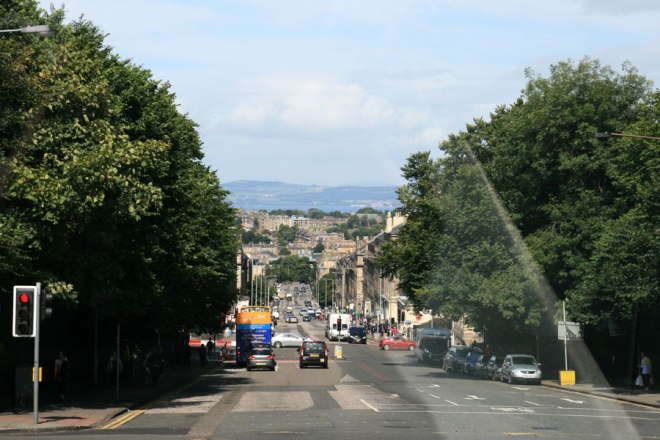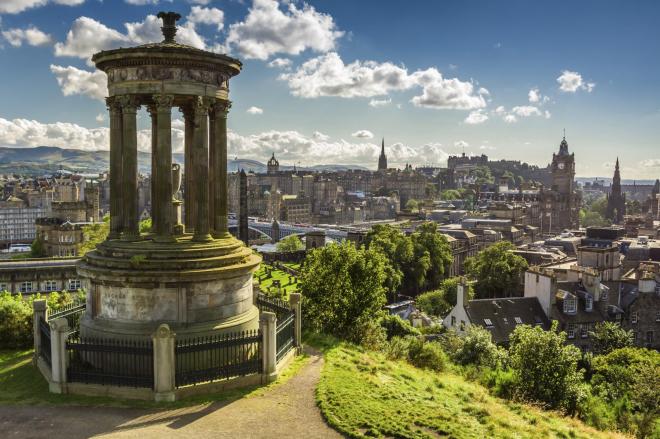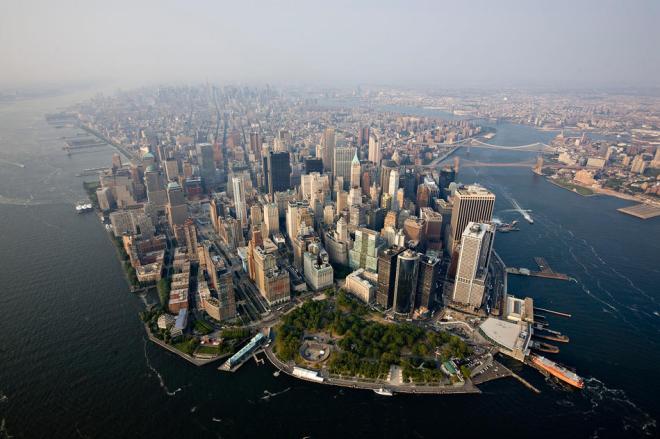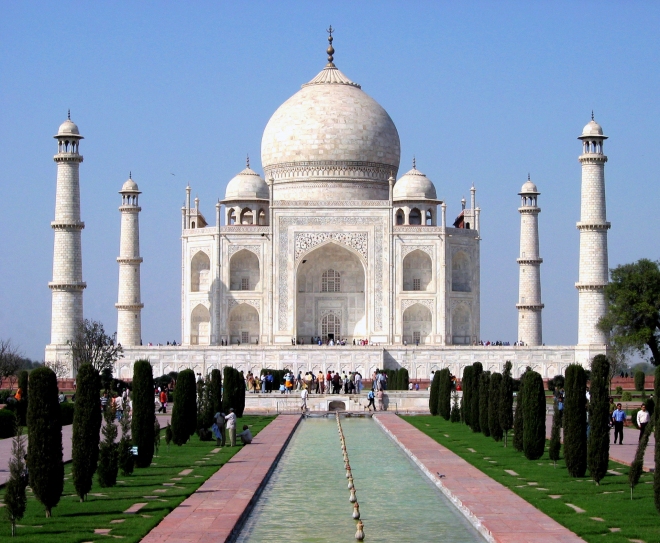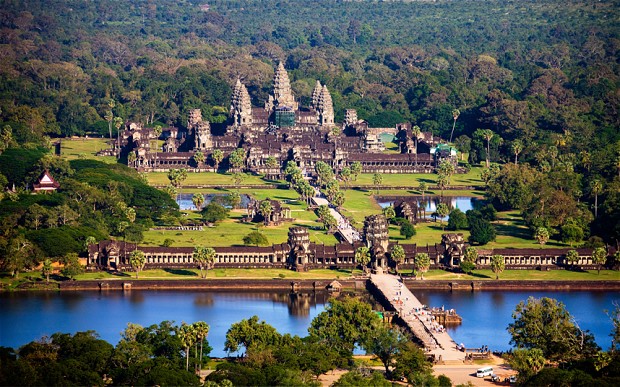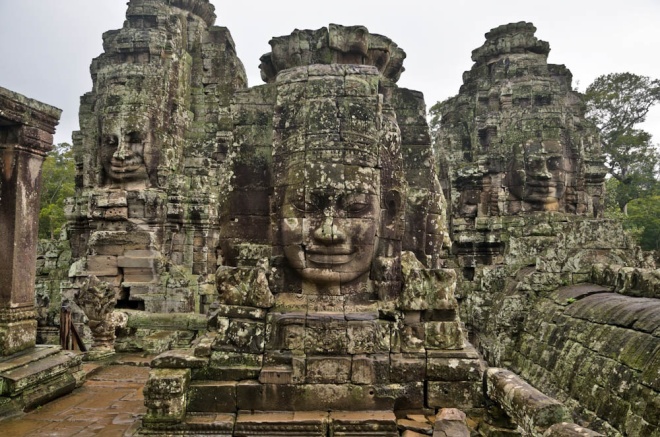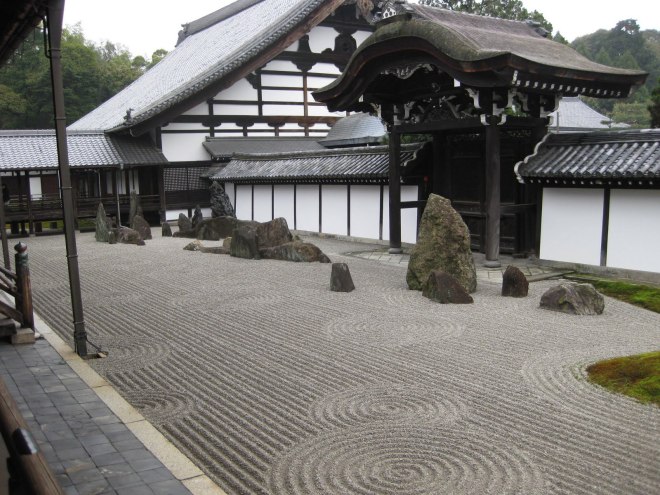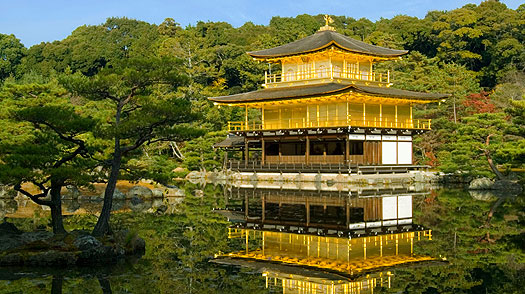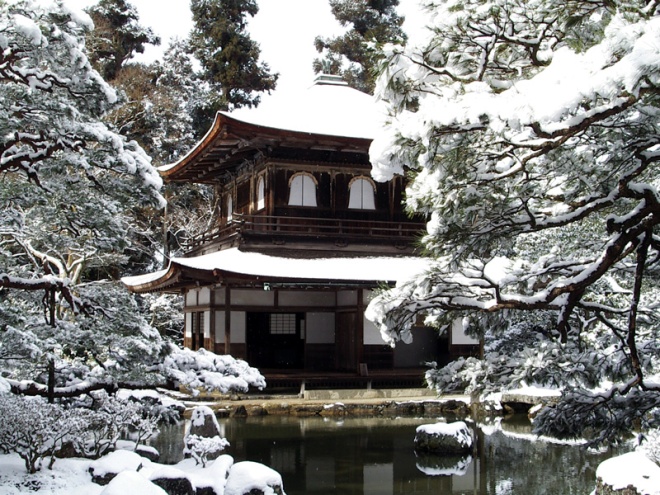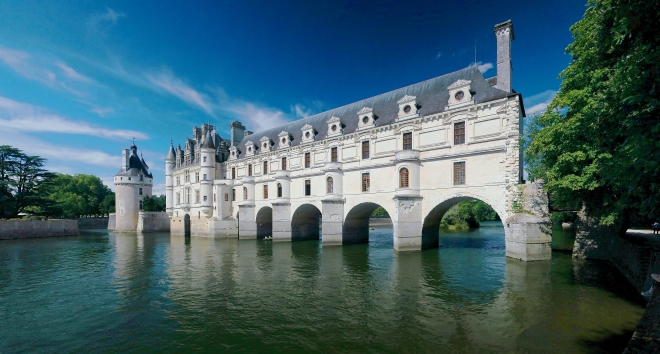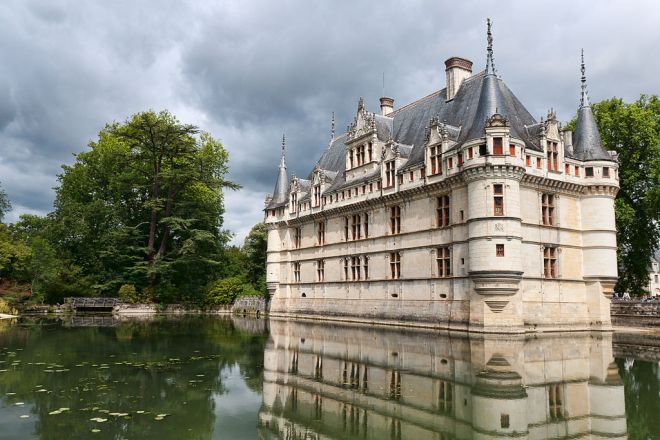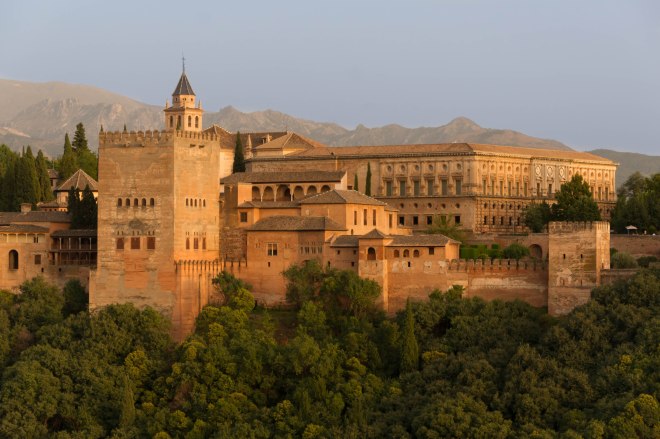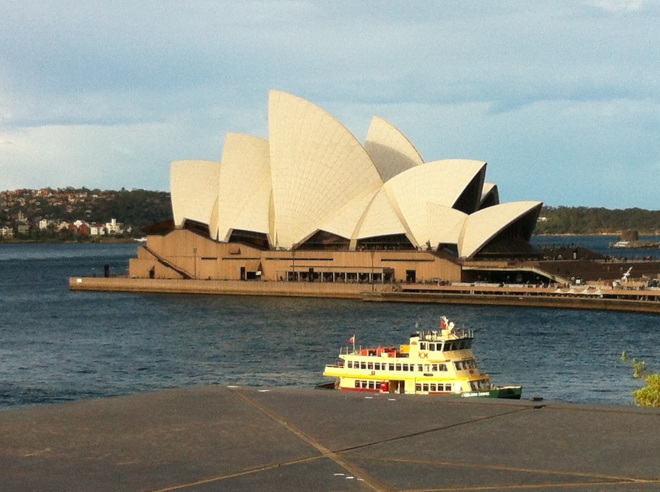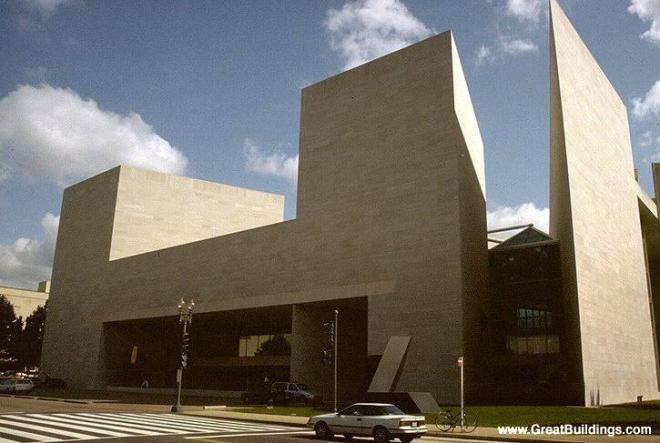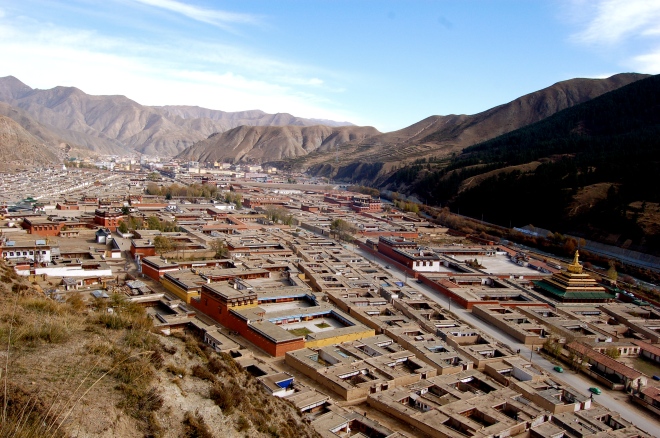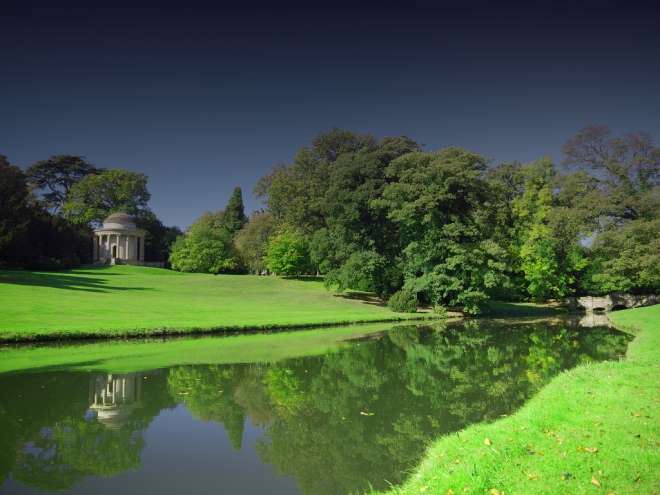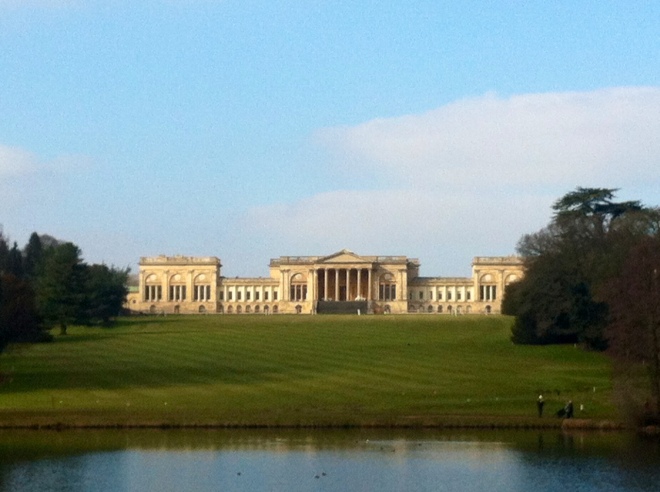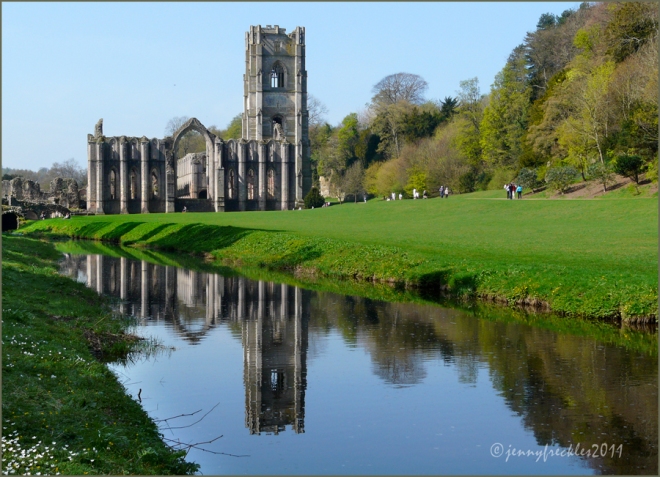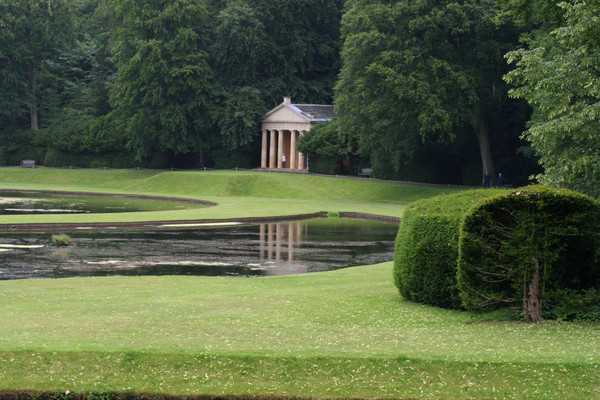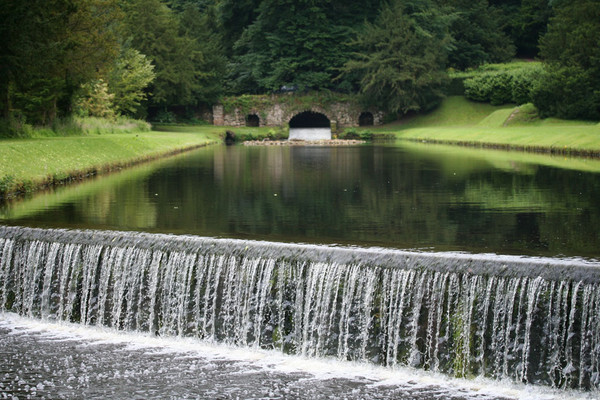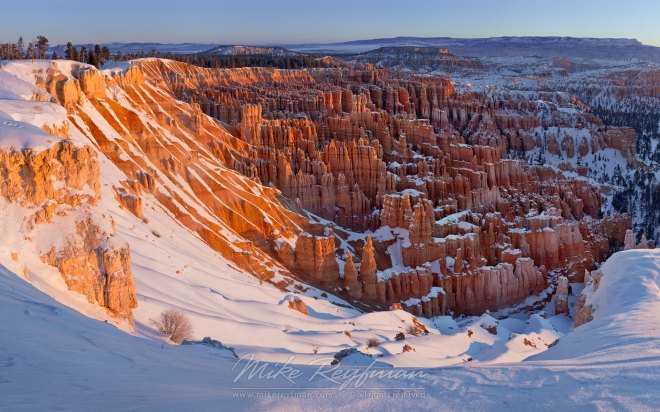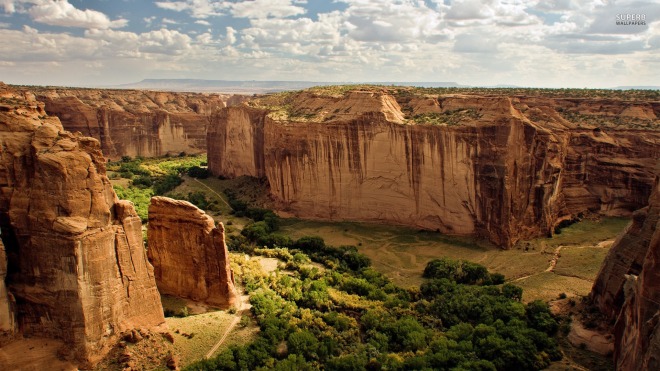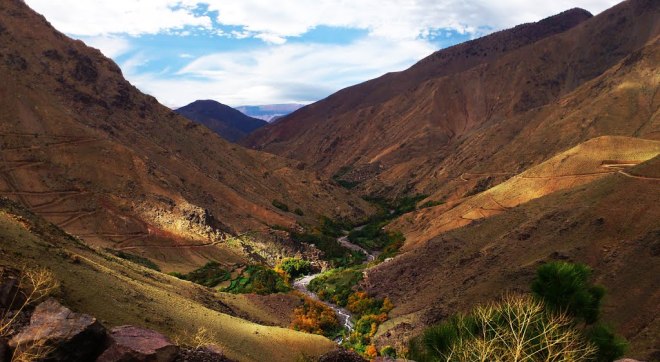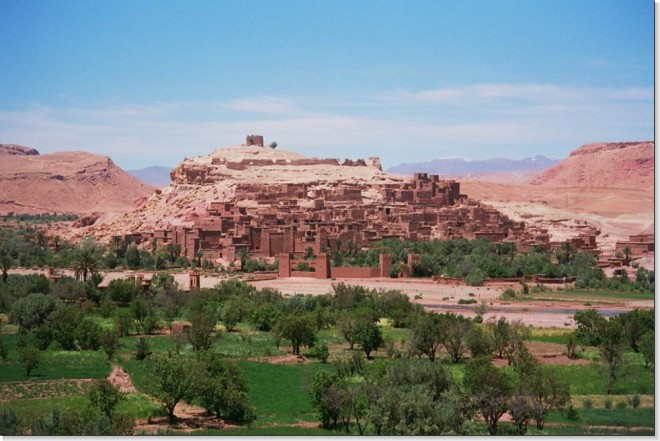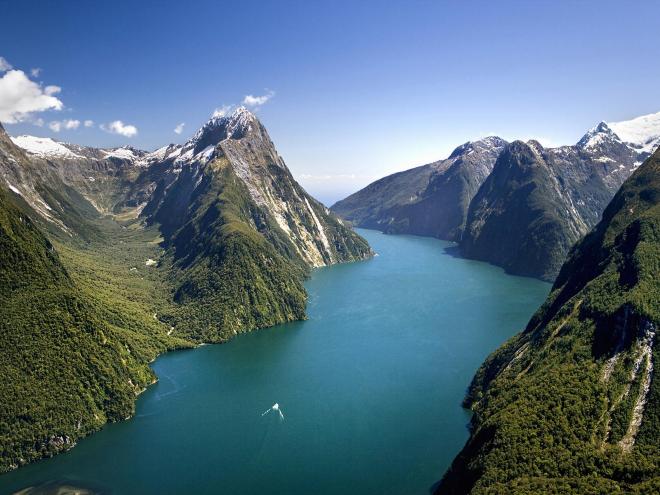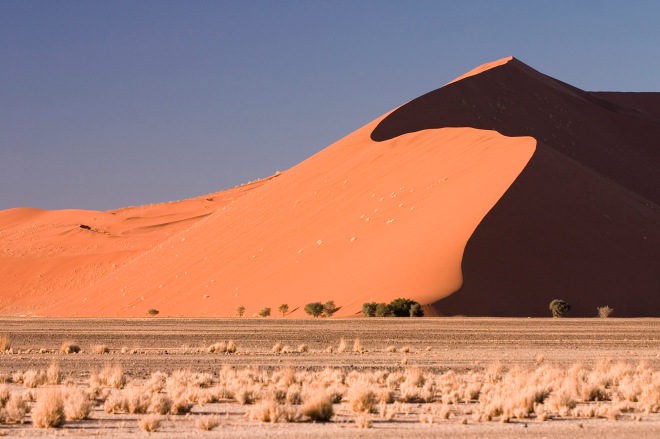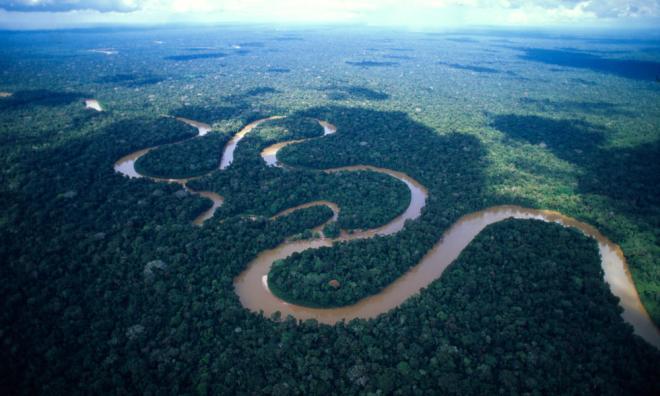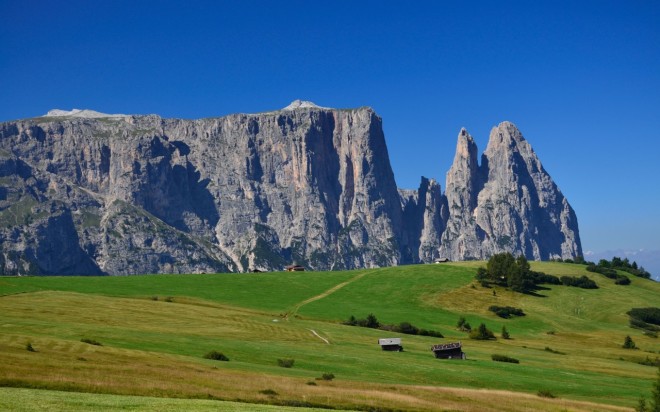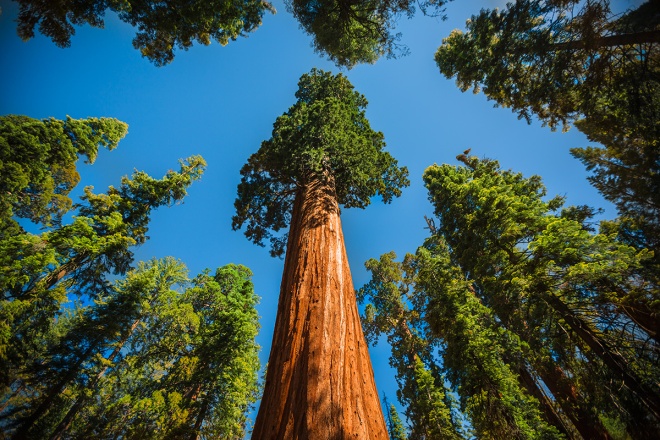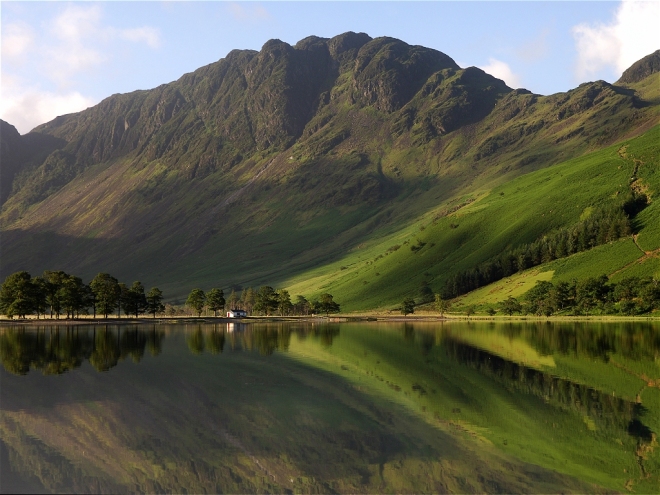Milan, 3 October 2018
When my wife and I are in Vienna, we very often walk down our road into the centre of the city. It is a very pleasant walk, down a historical high street with little shops lining it, in the shade of linden trees much of the way. At about the halfway point, we pass a very nice little square, with a café-restaurant on one side and a fountain in the middle. In the summer, when the weather is good, the restaurant puts tables out in the square around the fountain.
It is this fountain that interests us here. At first glance, it looks quite unremarkable. It seems a typical product of its time, which is late 19th Century. It is composed of three statues, two of which spout water. The composition illustrates some tale, which I suppose was once well known in Vienna, of a bright young girl called Elspeth who through some cleverness or other managed to outwit two infamous robbers. So, we have Elspeth, Goddess-like, standing on a column

while at her feet crouch the two robbers with their hands tied behind their back, looking disconsolate and spouting water from their mouths.

So far, so good. But actually there is something definitely odd about the composition. The pose of one of the robbers is such that it looks like he’s vomiting the water he’s spouting. Already that is a bit strange, but it takes on a surreal quality when you see people merrily eating and drinking at the tables while the statue behind them seems to be puking his guts out.

We’ve been walking past this fountain very often over the last several years, and its oddness strikes me afresh every time we pass (who knows, though? maybe I’m the only person who finds it odd). This frequent mental pause, this little stone in my mental shoe, has had the effect of making me start to think about other odd statues which I have seen over my lifetime. And I’m thinking here of statues where the oddity is unintentional; I’m not interested in statues such as this one where the oddity is very, in-your-face, intentional.

Well, there are these odd statues which my wife and I came across in Salzburg during a little trip we made there during this past summer. They are statues of pickles, or gherkins if you prefer.

The fact that anyone would spend his or her time making statues of pickles is odd enough. What I found even odder was the way the pickle statues were aligned with a very normal statue of Schiller in the middle distance.

But it seems that this was the point. The blurb which accompanied the statues helpfully explained:
A gherkin is a gherkin is a gherkin – or then again, perhaps not? …. “I find the diversity of forms, which by virtue of their uniqueness are inexhaustible, compelling” explains Erwin Wurm [the sculptor] “Although individually different, each gherkin is immediately identifiable as a gherkin, and generically classifiable as such … analogous to man”. The forms are as different as gherkins and people tend to be: tall and short, thick and thin, rough and smooth, slender and stocky. By scaling his gherkins up to human dimensions and by creating the impression that they are sprouting from the tarmac, Wurm confers upon them the status of creatures, possessed of an intrinsic individuality. The artist leaves his work open to interpretation, hovering as it does between critical irony and playful teasing.
Indeed … Well, my take on the composition is that it looked very Star-Wars like. I could imagine that after a long journey through intergalactic space I was being brought into the presence of the (human-looking) ruler of some distant planet, whose court consisted of pickle-like creatures. In my mind’s eye, I can see them wave gently as I walk past on my way to pay my respects to the ruler, creaking a little perhaps and perhaps oozing some pickling liquid, murmuring in some incomprehensible far-galaxy language as I pass them. I would guess that they stay upright as a result of having suckers on their base. But how would they move around, I wonder?
Leaving this rather feverish daydream and coming back to earth, how about this statue?

It is of a young man, naked but for some sort of loin cloth, purposefully striding along. Its oddness comes from its location, which is in the vestibule of Milan’s main post office. The inference is clear. When he was installed, which must have been some time during the Fascist era, he was meant to be representing those thousands of postmen who stepped out every morning to do their rounds. It’s already odd enough that he’s nearly starkers. I’ve never seen any postman doing his rounds in the state in which Adam found himself in the Garden of Eden. But apart from that, the statue clashed mightily with the dominant image I had of postmen in the mid-1970s, which is when I first saw it. That image was shaped by the husband of the lady who looked after my French grandmother and who lived in one part of her house. He was the postman for the surrounding rural district. He looked something like this.

I would see him ride off on his bike early in the morning. I would also sometimes spy him delivering his letters, which invariably seemed to involve a chat, a Gauloise cigarette (unfiltered), and a glass of red plonk. By the time he wobbled home in the early afternoon, his face would be several shades redder than when he left. He would proceed to have lunch and demolish another half bottle of plonk, at which point he would put his head on his arms and pass out.
But I think first prize for oddity goes to a statue I saw on my first ever trip to Italy. I was traveling with a rail pass and staying in youth hostels. The youth hostel in Rome was near the headquarters of the Italian Olympic Committee. In the early 1930s, during the first decade of Fascism, a stadium had been built next to the headquarters, where Italian athletes could strut their stuff for the Committee. To make it look suitably Roman and imperial, the Italian provinces had been invited to send in statues in white Carrara marble of men intent on various athletic pursuits. Some sixty such statues duly arrived and were placed around the stadium in Hellenic style. I would look over these statues as I went by on my way to and from the youth hostel. There was one which struck me in particular, representing the noble sport of skiing.

Who on earth, I would ask myself bemusedly, would ever go skiing naked?? Because, of course, as befitted statues echoing their worthy Greek and Roman predecessors, most of them were carved strictly in the buff. I don’t remember now any of the other statues but in preparing this post I looked at some of them and found a couple which are nearly as odd:
The Naked Mountaineer

The Naked Footballer

The Naked Tennis Player

Somehow, I find that these statues represent beautifully Italy’s Fascist era: a time of bombast and chest-thumping which, though, was all rather comical.
That is what I have to date in my gallery of statuary oddities. But I will keep a weather eye out for other specimens. If readers have any suggestions to make, I will be more than happy to hear about them.
____________________________
Photos: mine, except for:
Silly statue: http://forumodua.com/showthread.php?t=318155&page=56
French postman: http://kenhtruyen.info/?i=Ann%C3%A9es+1970+en+France++Wikip%C3%A9dia
Naked skier: http://roma-nonpertutti.com/en/article/66/foro-italico-an-enclave-of-the-cult-of-mussolini-and-his-empire
Naked mountaineer: http://stadio.dei.marmi.dalbiez.eu/Stadio%20dei%20Marmi%202006.htm
Naked footballer: https://www.pinterest.at/?show_error=true
Naked tennis player: https://www.gettyimages.co.nz/search/2/image?events=50786504&family=editorial&sort=best




















